AI-Driven Radio Networks: How NVIDIA and Nokia are Shaping the Future of Telecom
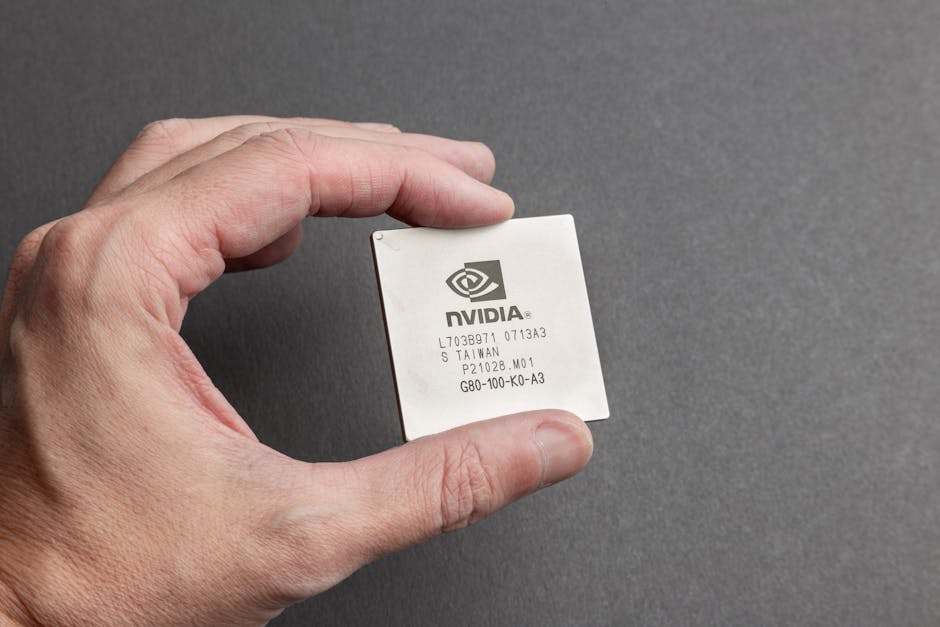
The telecom industry is witnessing a seismic shift as operators embrace artificial intelligence (AI) to enhance network performance and deliver next-generation services. A significant development in this space is the partnership between NVIDIA and Nokia, aiming to integrate AI workloads within radio access networks (RAN). This collaboration could transform the landscape of wireless connectivity, paving the way for more advanced 5G-Advanced and 6G systems by moving computing power closer to the network edge.
The Growing Role of AI in Telecom Networks
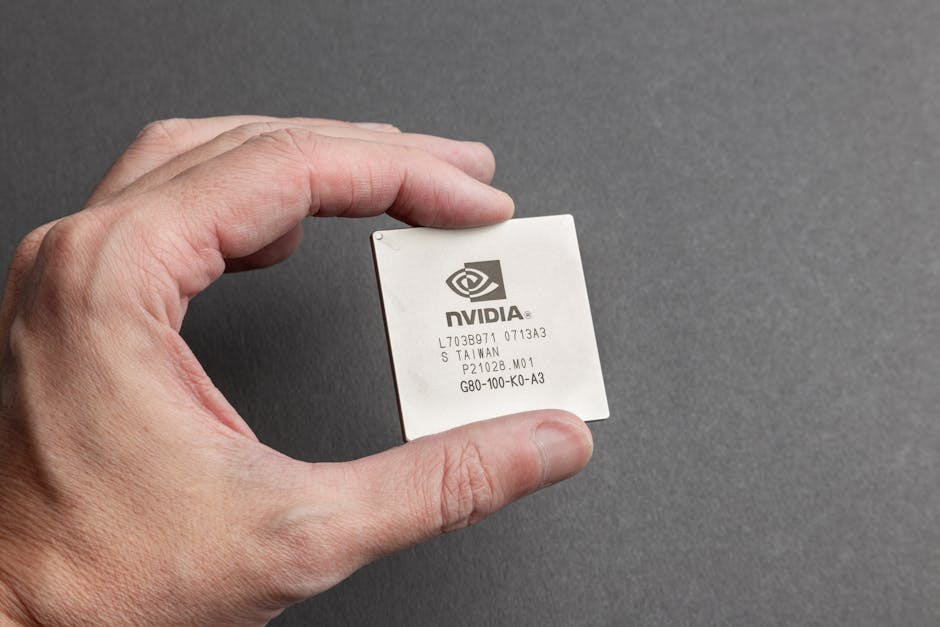
Pexels
The introduction of AI workloads in radio networks is not just a technological advance but a competitive necessity. Mobile operators are feeling the pressure as increasing AI activity on mobile devices and business systems demands faster, more reliable network responses. This has pushed operators to explore edge computing solutions that process data closer to towers and antennas. By reducing latency and improving performance, operators hope to unlock new services like augmented reality and connected vehicles.
According to Omdia, the market for AI-enabled radio networks could reach over $200 billion by 2030, underlining the vast opportunities in this growing sector. T-Mobile US is already planning trials of edge computing on its network in 2026, focusing on features that could revolutionize user experiences and introduce automated tools for industrial and urban applications. Consumer trends further highlight the urgency; with nearly 800 million active weekly ChatGPT users, mobile networks must handle an ever-growing load of AI interactions seamlessly.
NVIDIA and Nokia’s Vision for the Future
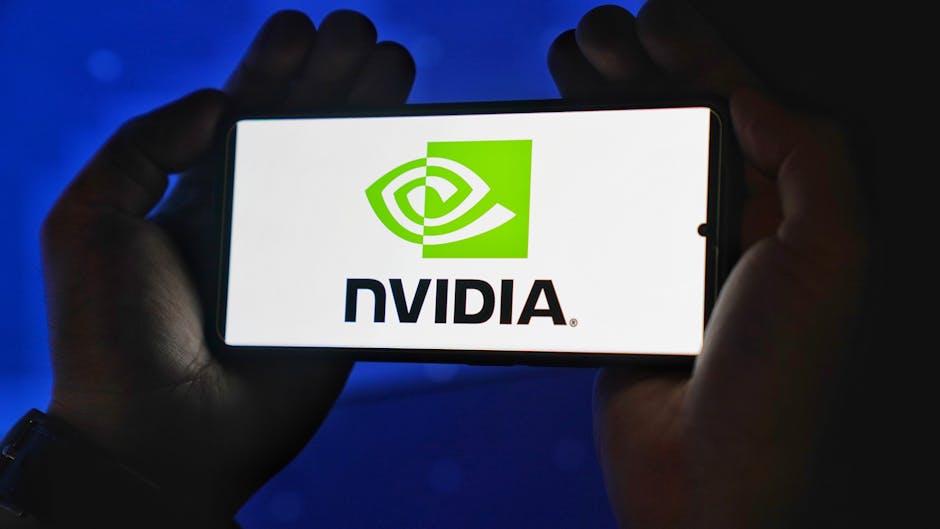
Pexels
At the heart of NVIDIA and Nokia’s collaboration is the goal to innovate through hardware and software integration. NVIDIA’s Aerial RAN Computer Pro (ARC-Pro) stands out as a key component, combining computation and communication functions on a single platform. Its modular design allows for seamless software upgrades, reducing the need for costly hardware replacements. Nokia plans to incorporate ARC-Pro into its radio products, while Dell Technologies will assist with deployment using its PowerEdge servers.
This partnership aligns with broader trends as cloud providers, telecom operators, and data center vendors collaborate to support growing AI demands. IBM, AWS, and other tech heavyweights are advancing edge cloud computing solutions that are reshaping how networks operate. These innovations are vital in creating highly responsive networks capable of handling both consumer and enterprise-driven AI applications.
Challenges in Transitioning to AI-Driven Networks
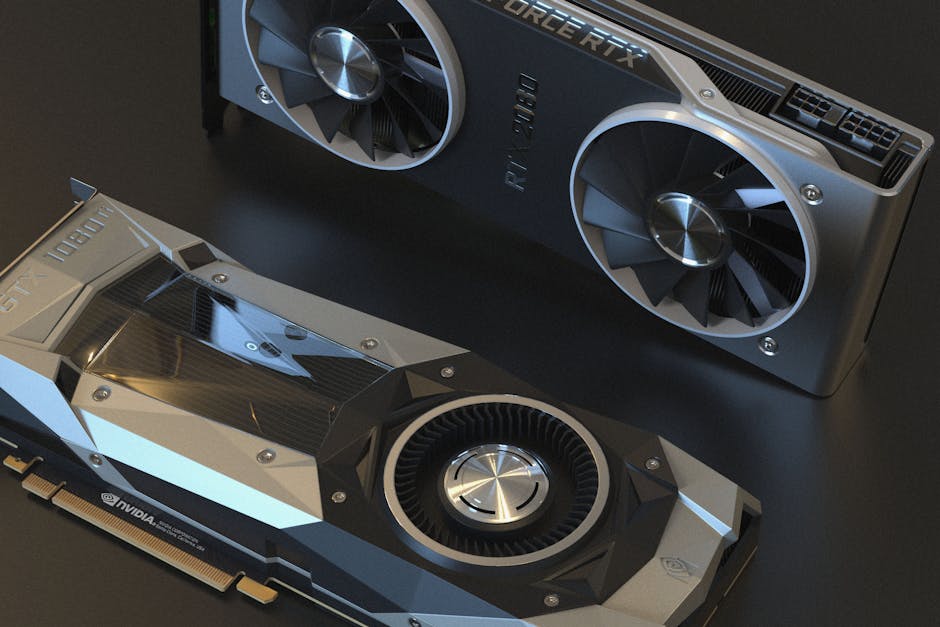
Pexels
While the potential benefits of AI-integrated networks are vast, the transition comes with its challenges. Aging infrastructure remains a significant obstacle, as older hardware must operate alongside cutting-edge solutions. Additionally, telecom operators will need to train personnel to manage AI workloads on top of traditional networking responsibilities. Privacy and data compliance will also take center stage, with local edge processing potentially involving sensitive or regulated information.
Nokia’s anyRAN software aims to simplify this transition by blending cloud-based and purpose-built systems. Its modular design allows operators to upgrade incrementally, reducing cost and complexity. Beyond hardware, the partnership also extends to data center switching, optical components, and telemetry solutions, providing a comprehensive approach to modernizing networks.
The Road Ahead for AI in Telecommunications
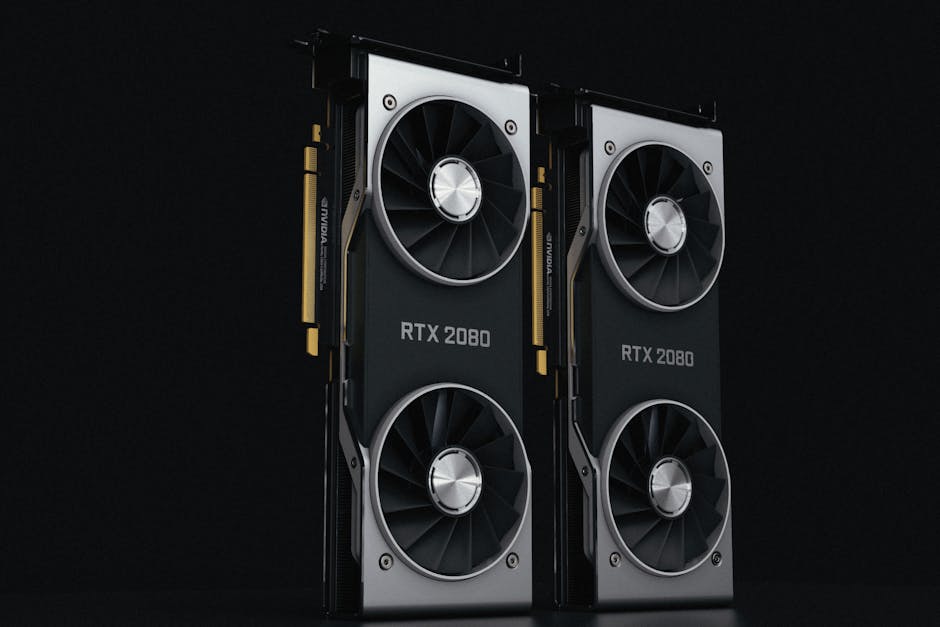
Pexels
As research into advanced 5G and early 6G networks accelerates, the industry is moving closer to a future where radio and computing are tightly integrated. Telecom operators that start preparing now can take on a leadership role in the AI-driven network model, unlocking new revenue streams and maintaining a competitive edge. Enterprises, too, stand to benefit, with faster analytics, improved video communication, and innovative services driving business growth.
For consumers and businesses alike, the progress in AI-enabled networks signals a leap forward in connectivity and performance. From industrial automation to connected cities, the possibilities are endless. However, careful planning, skilled teams, and thoughtful vendor collaborations will be instrumental in realizing the vision of a truly AI-native telecom ecosystem.



